How Fast Gasoline Goes Bad in Your Tank: When Fuel Turns Into a Problem
A car sitting idle: how long does gas “live” in the tank, and what happens when it gets stale.
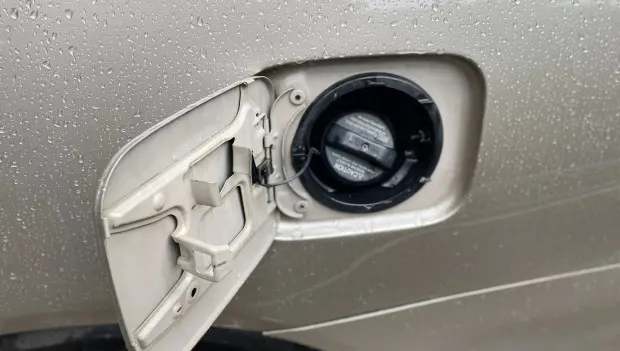
For most drivers, fuel storage isn’t something to worry about — the car is used regularly, gas gets replenished, and nothing goes wrong. But when a vehicle sits for months or even years, things change. Old gasoline can harm the engine, leaving behind sticky deposits and residue that act like plaque in human arteries — clogging the system and disrupting normal operation.
It may seem that once fuel is pumped in and the tank is sealed, there’s no cause for concern. In reality, gasoline has a “shelf life,” and long-term storage without circulation can lead to hard starts and even engine damage.
On average, regular gasoline in a car’s tank retains its properties for about three to six months. After that, it begins to oxidize and lose octane. Blends with ethanol (such as E10, which is 10% ethanol and 90% gasoline) deteriorate even faster, sometimes in as little as one to three months.
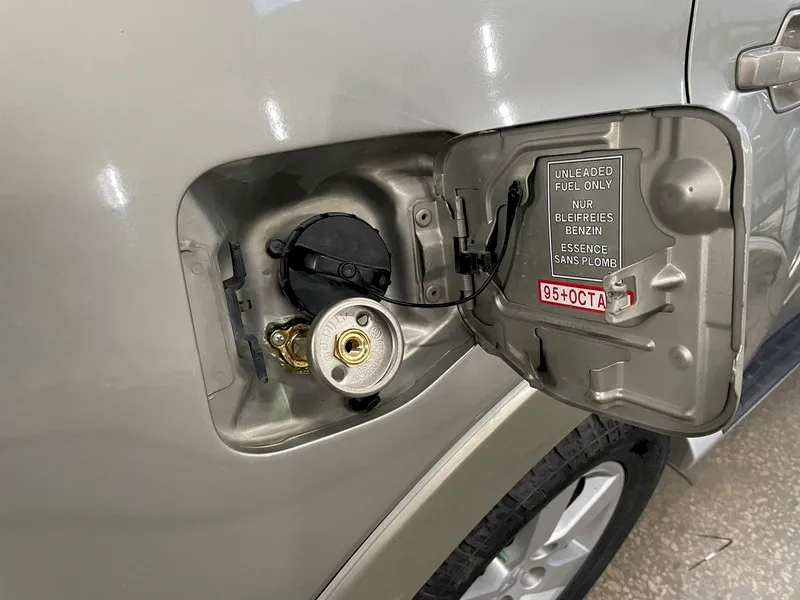
Pure gasoline without additives is more stable and, under ideal conditions, may last up to six months. But aging is unavoidable: gums and sediments form, and the fuel changes color and smell.
What speeds up gasoline degradation:
-
Temperature: Heat accelerates evaporation and oxidation, while rapid temperature swings can create condensation inside the tank.
-
Fuel level: The less gas in the tank, the more air (oxygen) inside, which accelerates oxidation.
-
Ethanol content: Ethanol absorbs moisture from the air, making the fuel break down faster.
-
Tank condition: Older vehicles with corroded tanks can see fuel deteriorate even more quickly.
Risks of stale gasoline:
-
Hard starting or rough engine operation
-
Deposits and clogs in the fuel system
-
Increased wear on engine components
-
Engine knock (detonation) from reduced octane rating
How to make fuel last longer:
-
Use high-quality gasoline and avoid letting the tank sit half-empty.
-
If the car will be stored long-term, fill the tank completely to reduce contact with oxygen.
-
Add fuel stabilizers — special additives that slow the aging process. With stabilizers, fuel can remain usable for up to two years.
-
If the vehicle isn’t used for months, start it periodically and take short drives to cycle fresh fuel through the system.
In short, gasoline isn’t like fine wine — it doesn’t get better with age. After just 3–6 months of sitting, it begins to lose quality and can harm your engine. If your car will be idle for a while, it’s best to protect the fuel ahead of time — a small effort now is cheaper and safer than an engine repair later.
You may also be interested in the news:

If Zodiac Signs Were Cars: The All-Wheel-Drive Horoscope That’ll Take You Places
Or: Why This Horoscope Smells Like Gasoline, Personality, and a Little Bit of Therapy
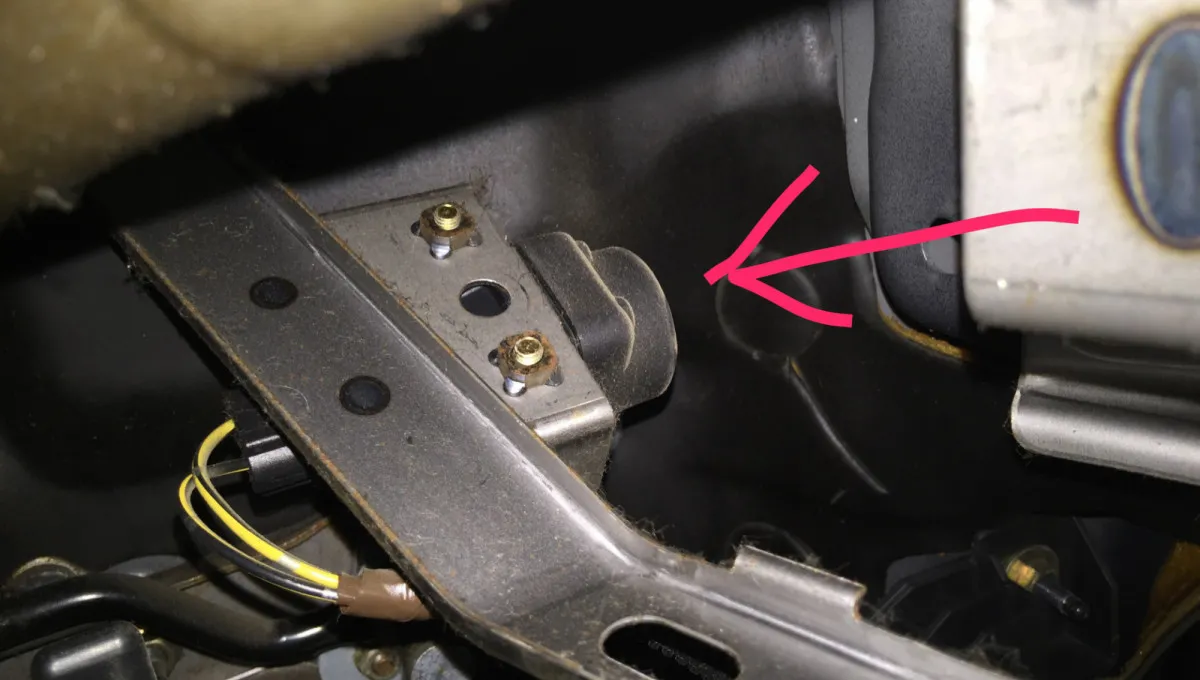
Mystery Button Hidden Under Most Car Dashboards — And Why So Many Drivers Don’t Know It Exists
Modern cars are packed with features and buttons whose purpose can be surprisingly hard to guess.
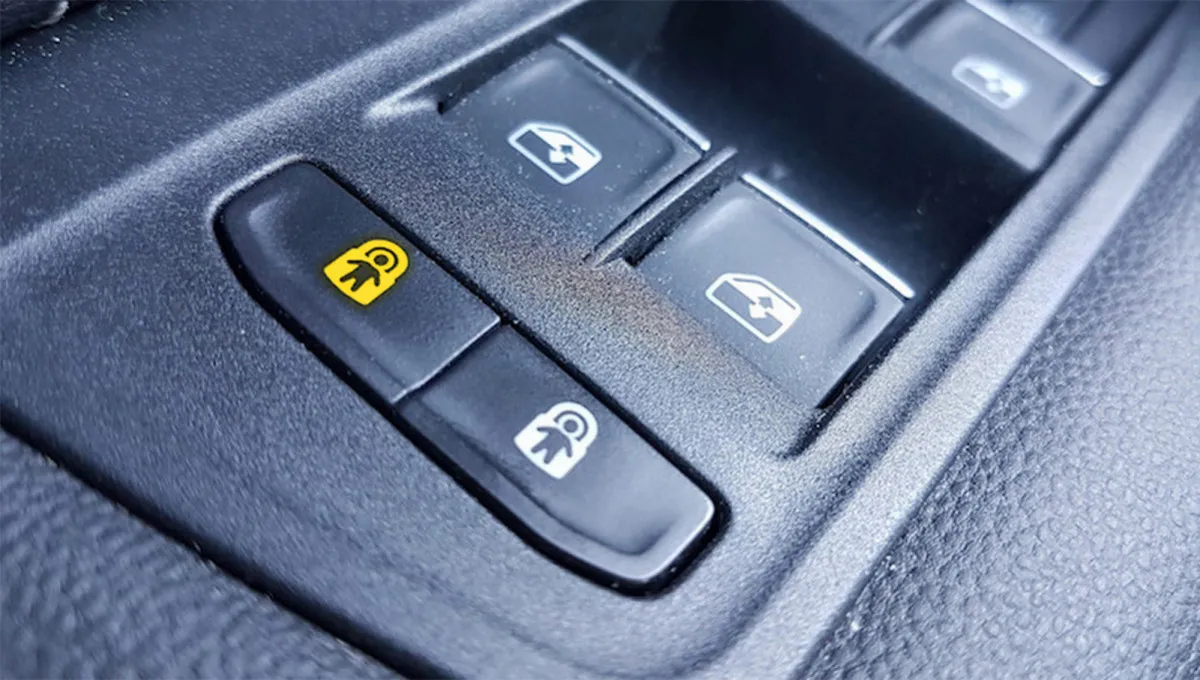
Astronaut Button: What This Mysterious Car Feature Actually Does
Some functions in a modern car make sense only after digging into the owner’s manual — and this little button is a perfect example.
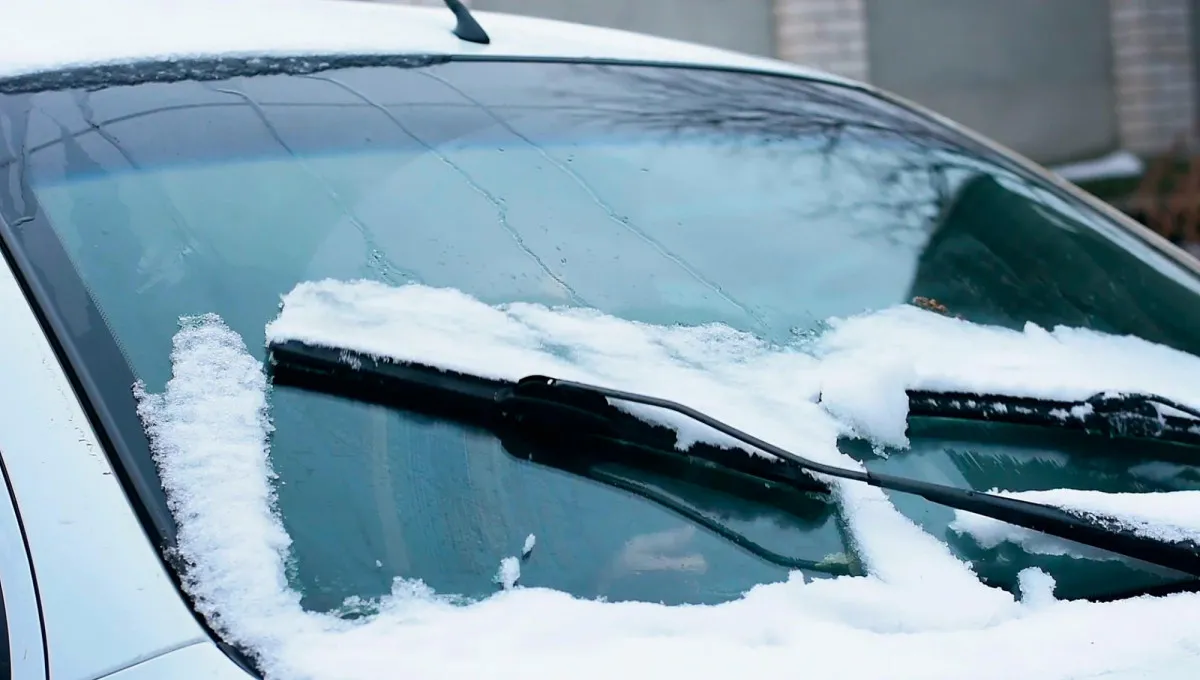
How to Activate Your Wipers’ “Winter Mode” — and Why It Exists
Many drivers can’t help wondering: is this a bug or a feature?
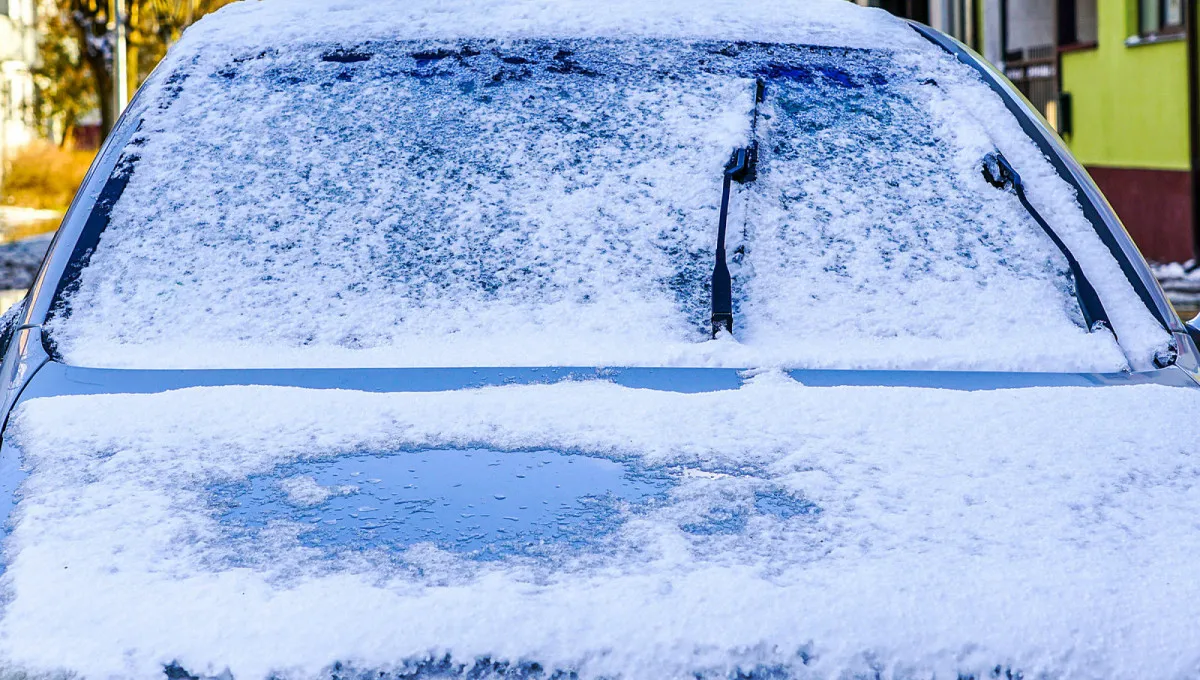
How to Protect Your Windshield from Ice: Helpful Tips and Personal Experience
How can you make sure your car’s windshield doesn’t turn into a sheet of ice overnight?